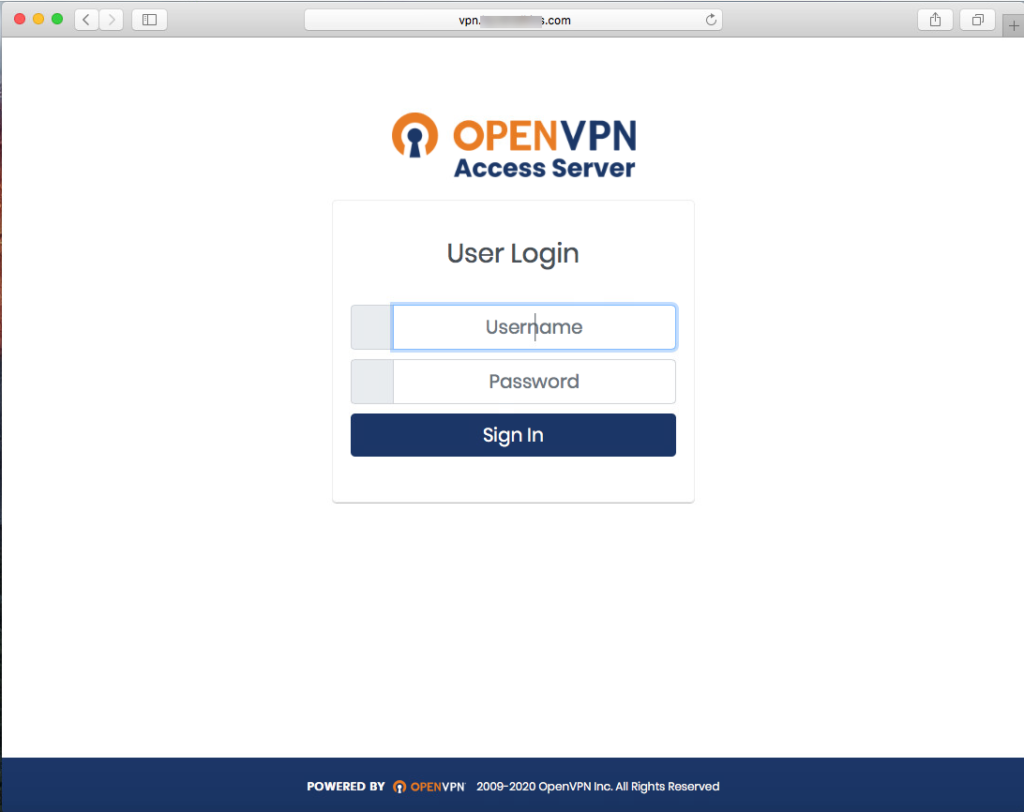

SSH: Converse with a remote secure shell session.System Error Log: Results in a failure if a specified error message occurs in today's system.log.SNMP Status: Checks the status of a SNMP-connected device it's a failure if it is not up.Screenshot: Takes a screenshot whenever the test is checked.Samba SMB: Checks that a Samba SMB client is online and responding.Port Available: Like the Port services, but simply checks if a port is open, without actually communicating on it.Ping: Ping any server to check responsiveness you can specify timeout and packet loss limits.Outgoing Mail (SMTP): Outgoing mail usually goes via a SMTP server make sure it is available (plus a SSL variation).Network Time (NTP): Checks that a network time server is responding.Incoming Mail (POP): Another kind of mail server (plus a SSL-enabled edition is also available).Incoming Mail (IMAP): Communicate with an IMAP mail server, to make sure it is available, and/or look for new messages.FTP: Look at a file on an FTP server, to detect its availability or changes.Drive Status: Checks the drive capacity threshold, S.M.A.R.T.DNS: Query a domain name server to ensure the domain is visible.Application: Make sure an application is present, and optionally running - can re-launch if not via Launch notifier.For example if you know that a server will be unavailable, perhaps during a periodic reboot or regular maintenance, or you simply don't want to know about changes at certain times, like of a blog when you should be working. The Auto Pause page enables you to tell Simon not to check on specified days or time intervals.The Reports page specifies whether the test should appear on some or all reports.
Servers for mac how to#

I no longer have to worry about space since I can plan well ahead for that.So how do you tell Simon what to monitor? That's where the Test Info pane comes in. Still, I have over 2TB of media reasonably secure and all Macs are backed up via TM. Cons are that the initial investment was high and that having my iTunes library on the Drobo means I can't do a time machine backup on that. Pros were that I could grow the storage space as drives got cheaper, recycle old drives, have a safety net if drives fail and also use as a Time Machine backup. Then as the library got bigger, it was getting hard to store the media on an external drive and also back up. The rMBP should last a good few years and is definitely an improvement over the mini.įor storage space, I moved away from internal drives with the mini. Now I use a first gen rMBP (2012) that was retired when I got my touch bar MBP.
Servers for mac mac#
The host mac has evolved from a G4 tower bought in the late 90s to a 2009 Mac mini.
Servers for mac plus#
Initially just music, ripping all my CDs plus some vinyl. I have had a media server in several forms since iTunes first came into being.


 0 kommentar(er)
0 kommentar(er)
